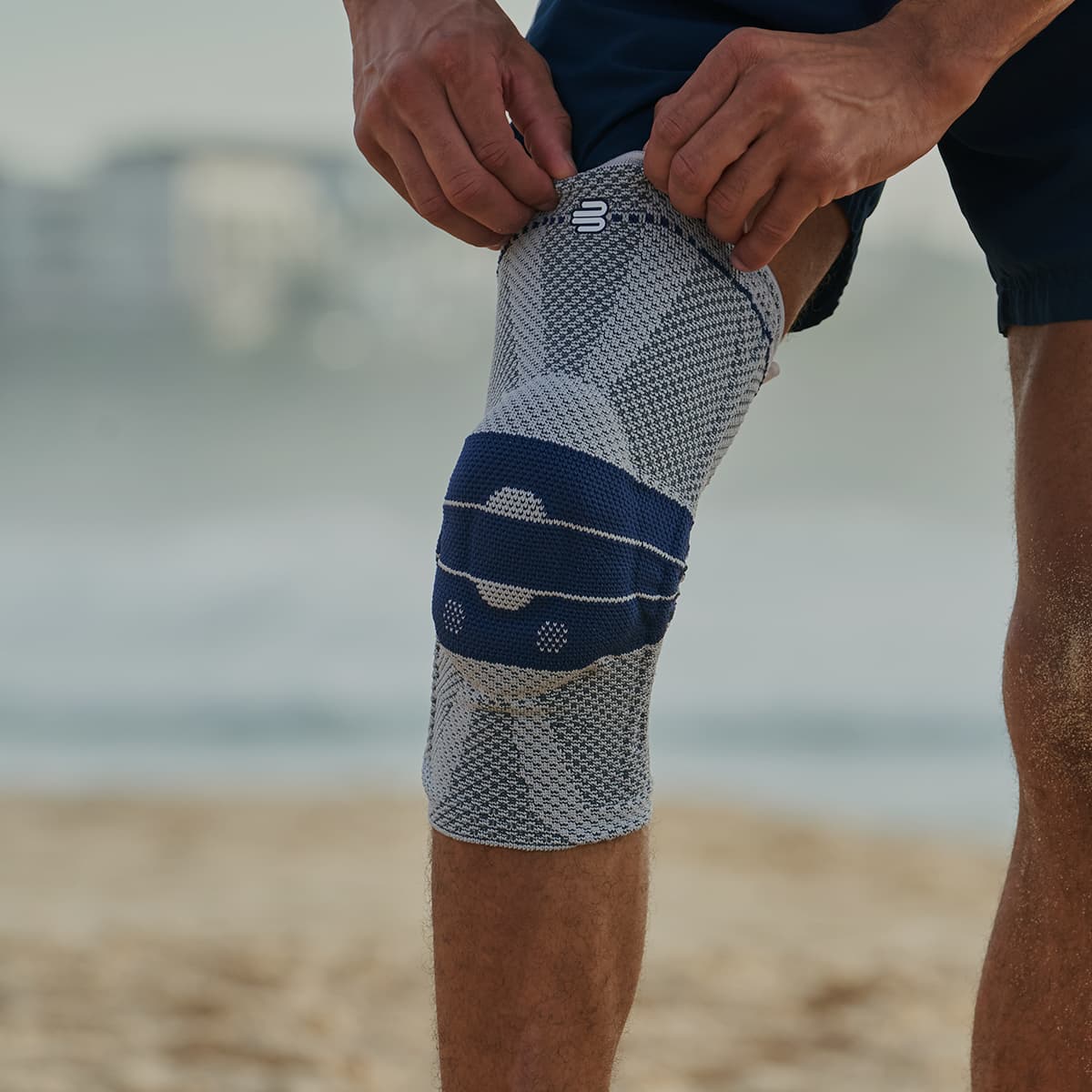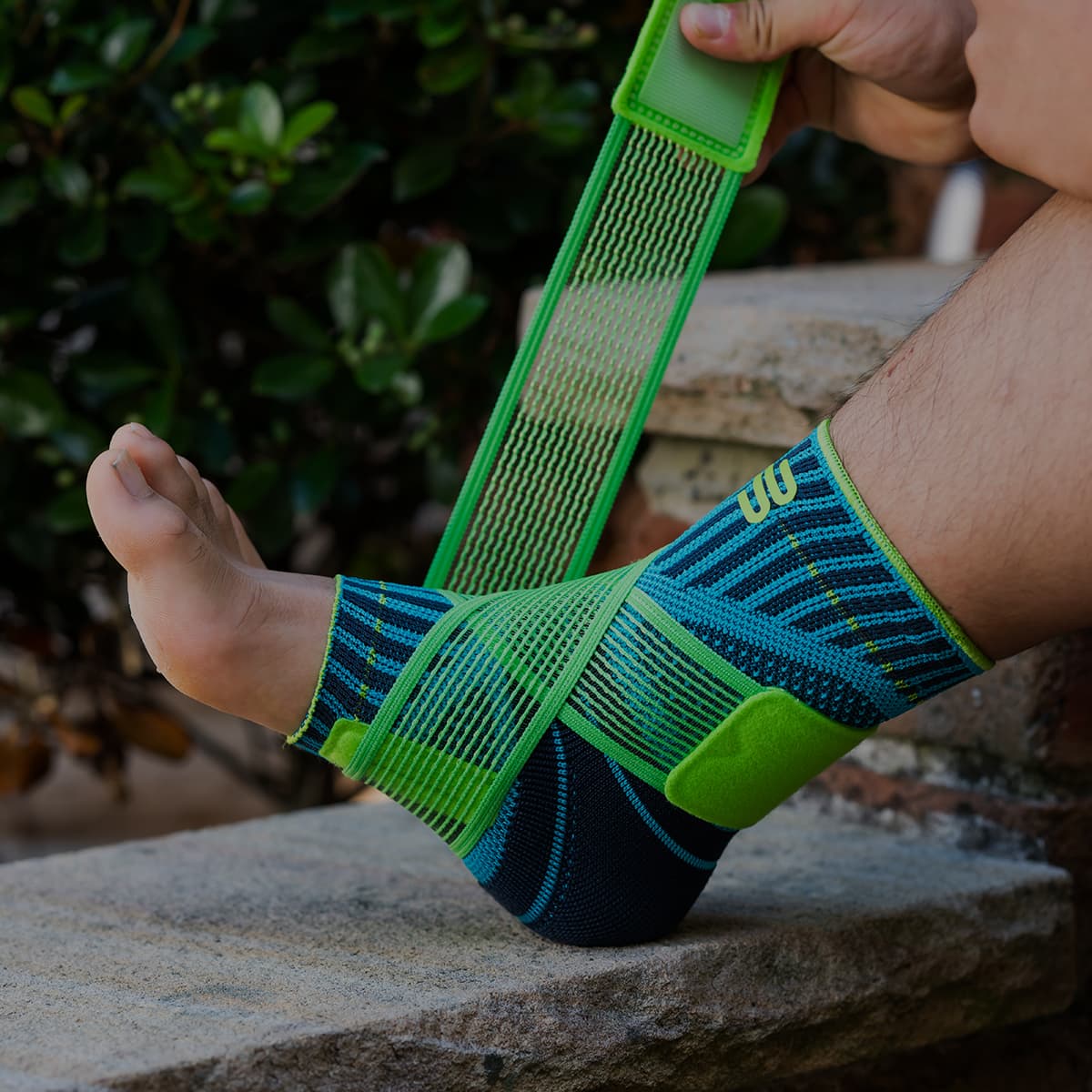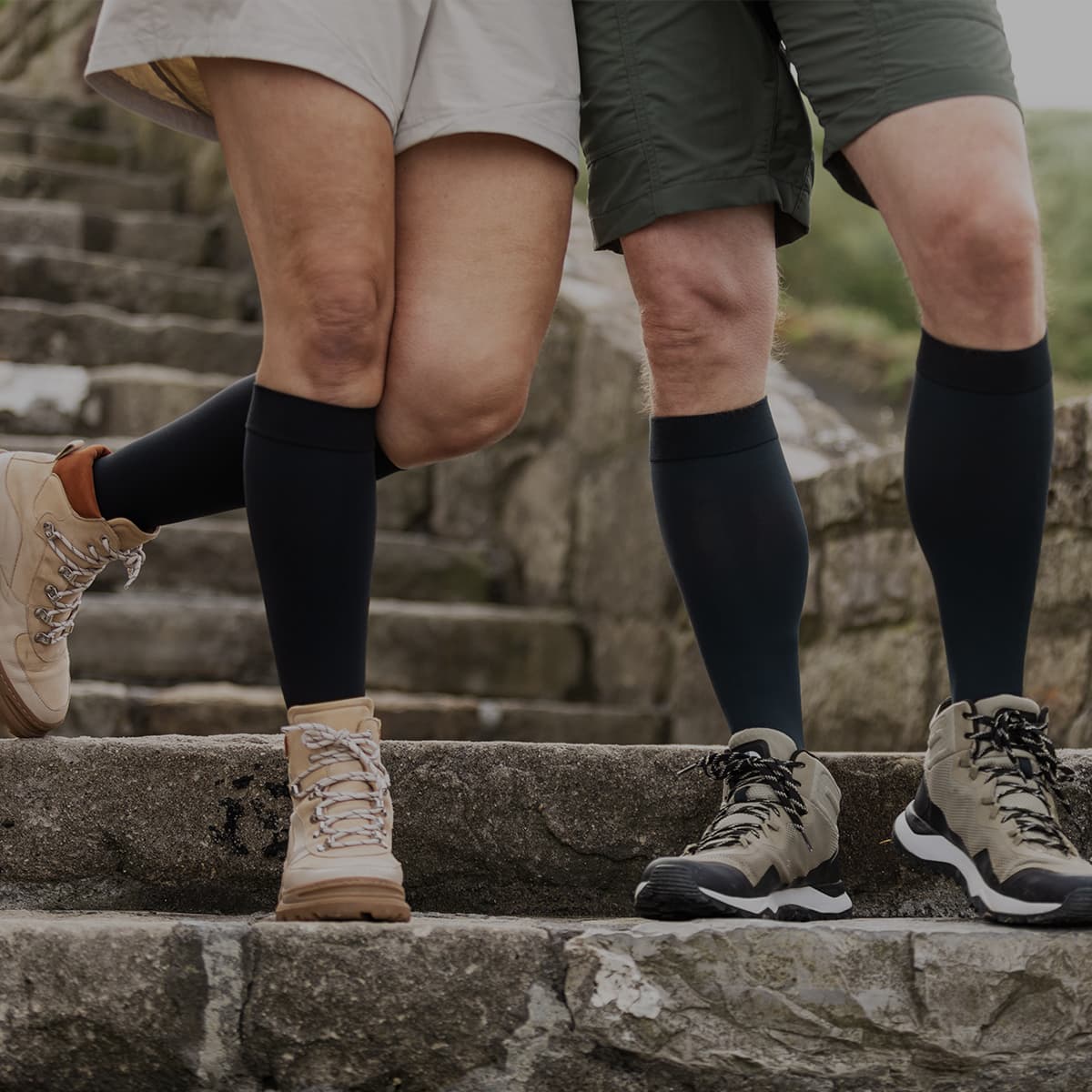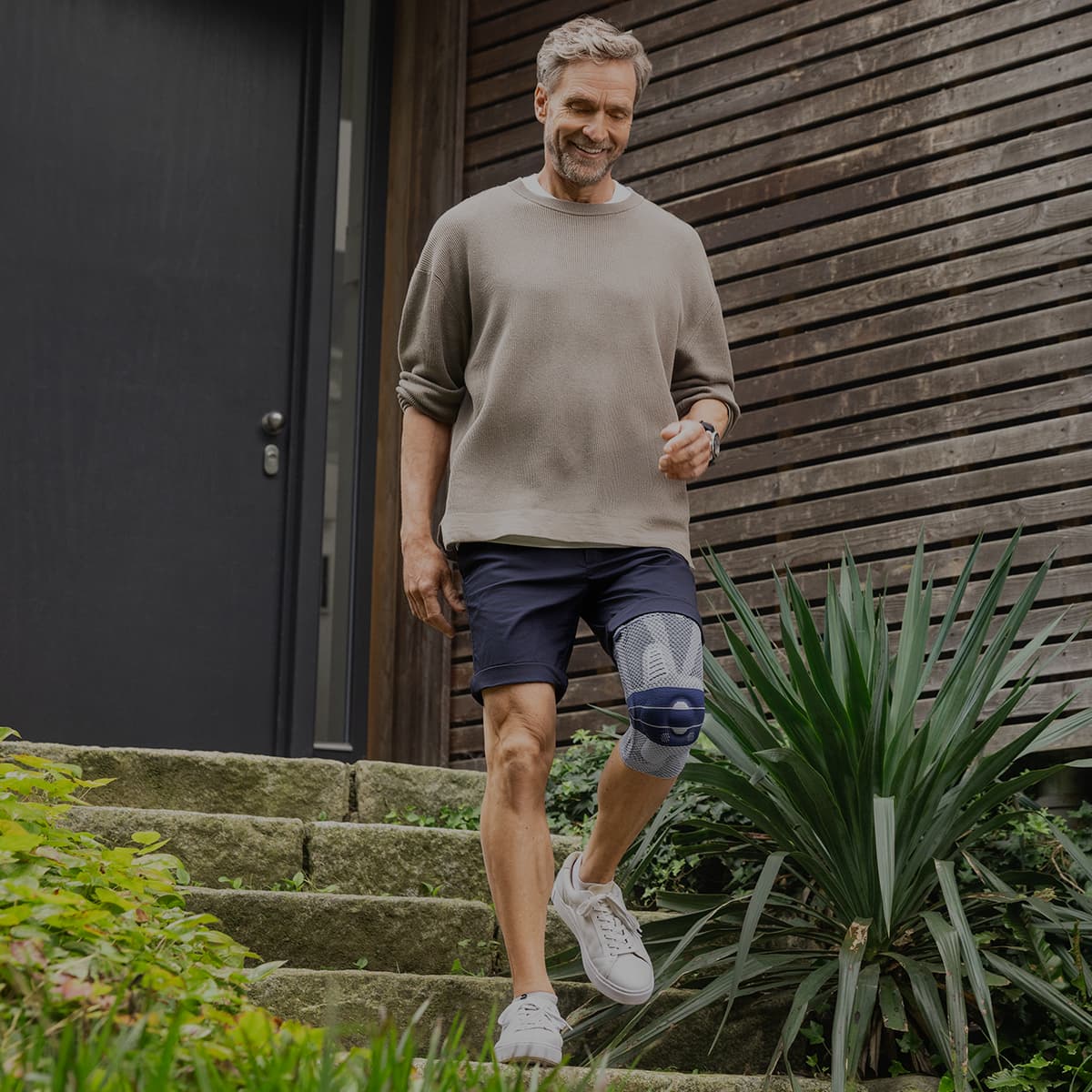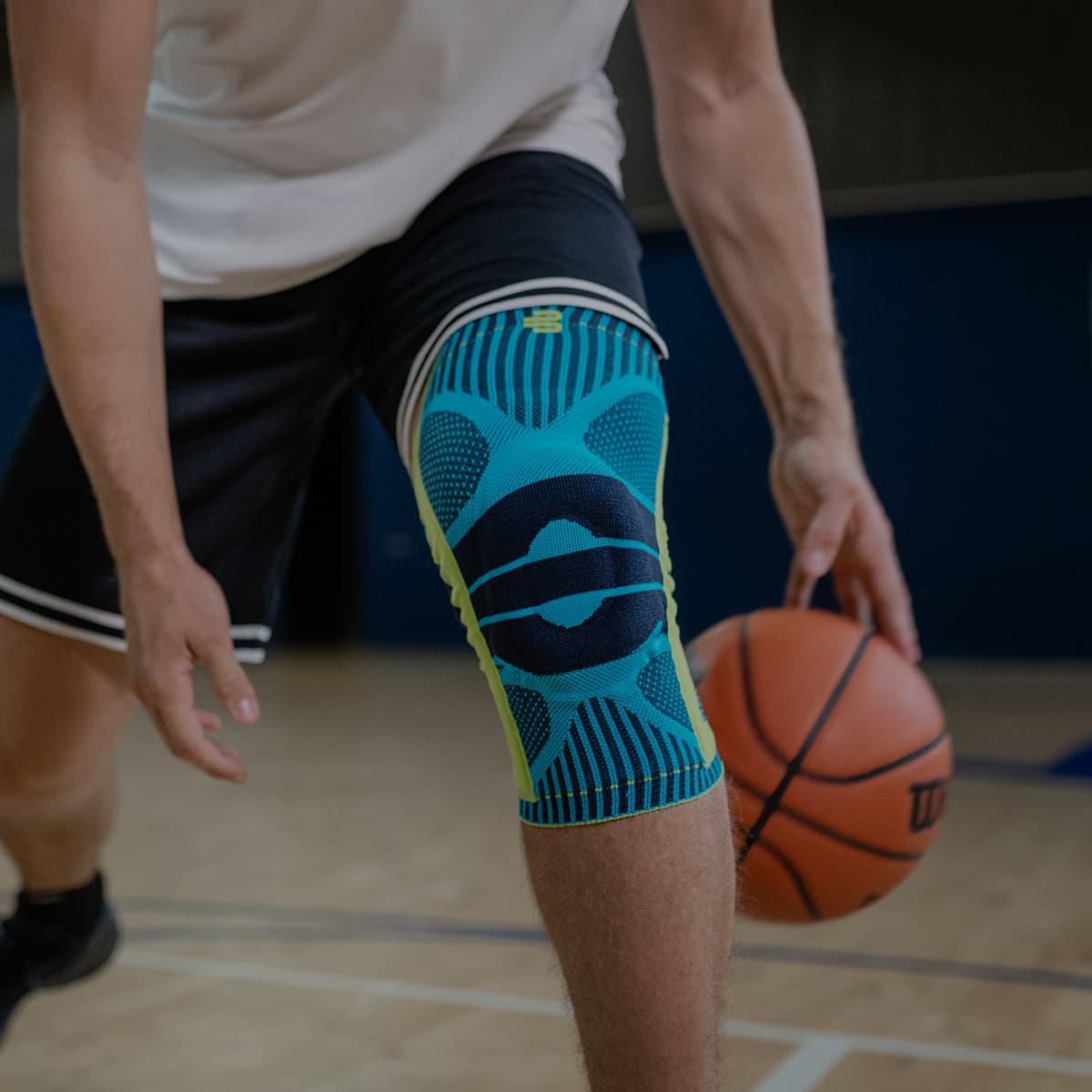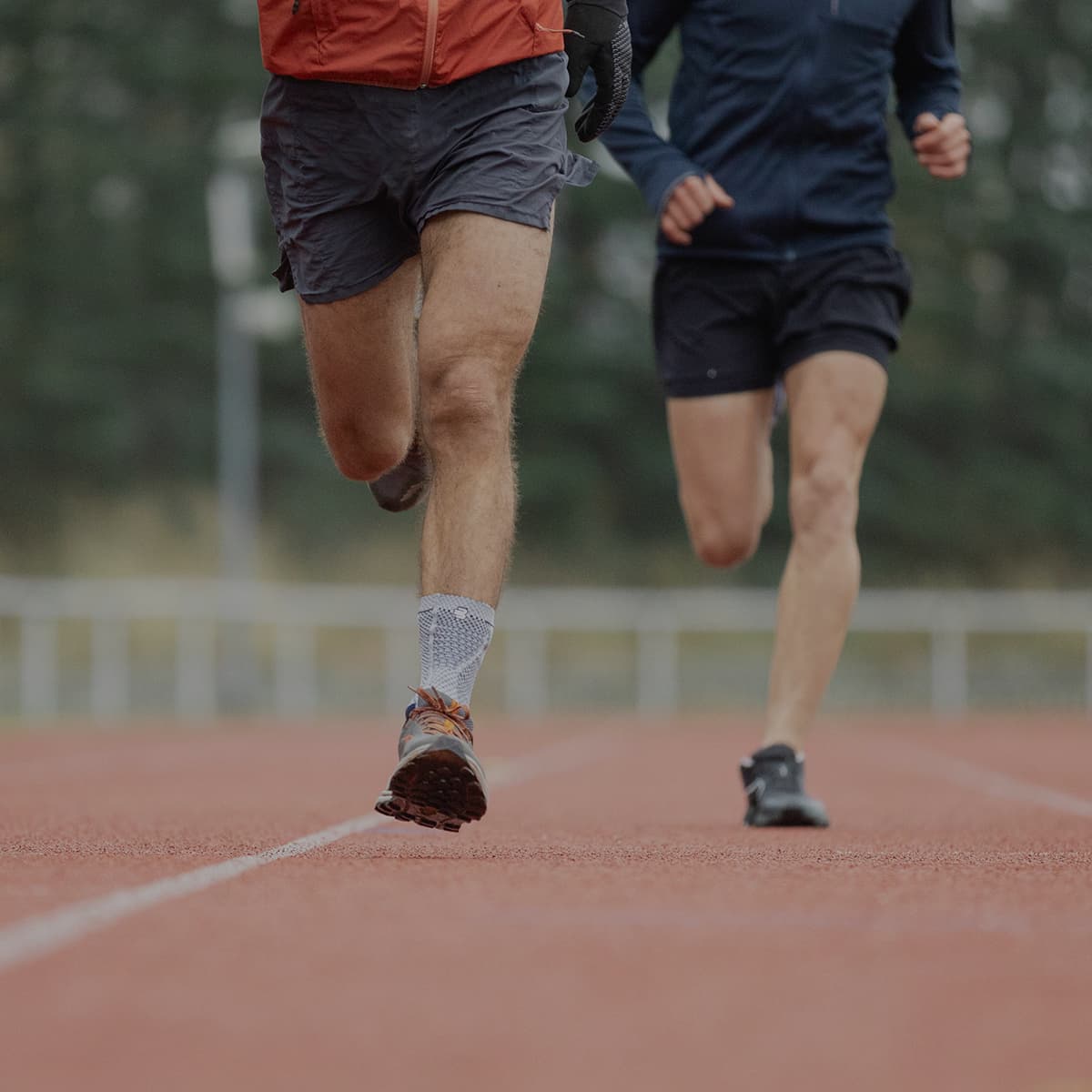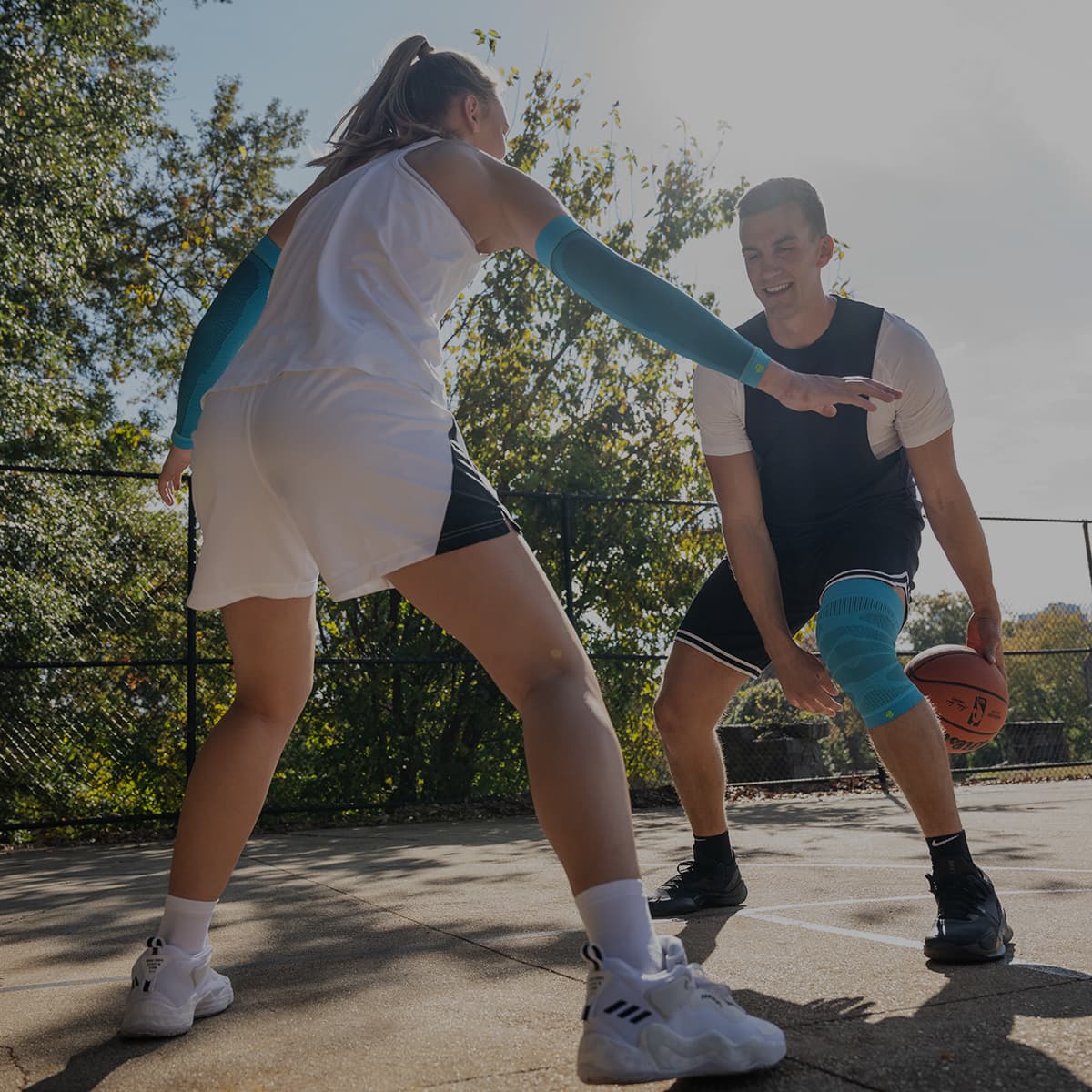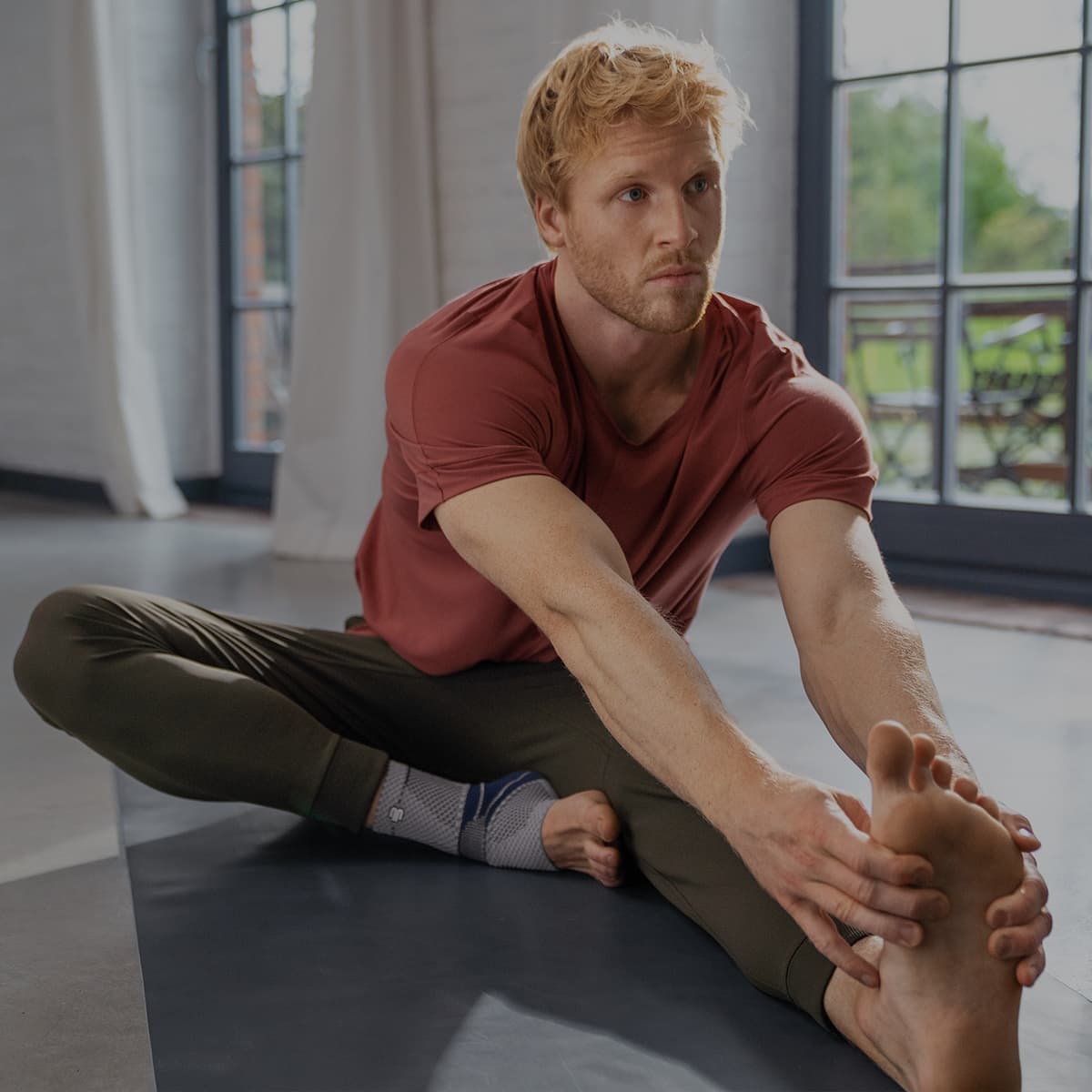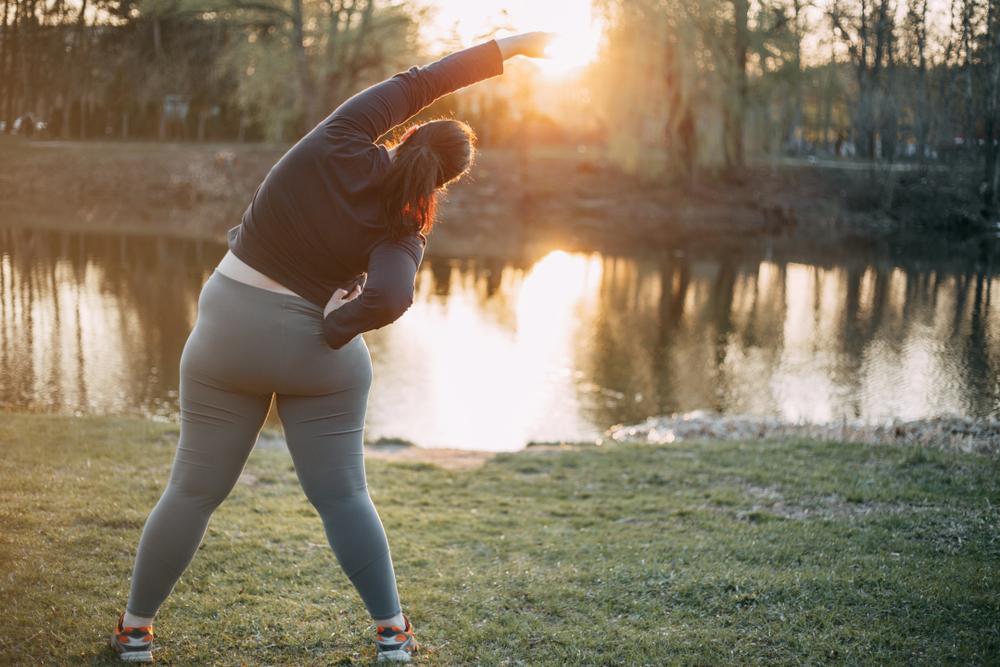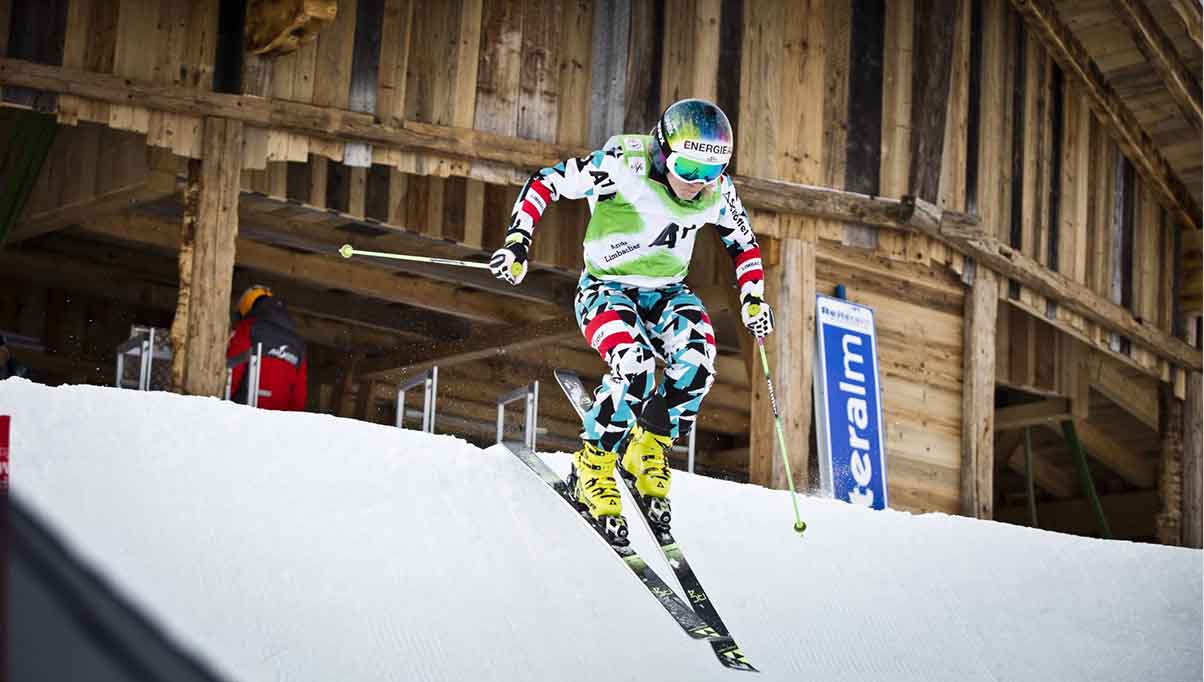If you experience the occasional twinge of knee pain when you go for a walk or climb stairs, it could be a warning sign of arthritis or other knee issues. While there is a range of reasons the knee can get sore, one of the first things which should be addressed is health and weight. Today we are going to take a look into if losing weight can reduce knee pain.
The link between weight and knee pain
Being overweight can greatly increase the risk of arthritis, meniscus and ligament issues, as well as other joint problems. The reason why these problems are more common is due to the amount of strain put on the knees each day.
To put this in context, when you’re walking on flat ground, the force on your knees is equal to one and a half times your body weight. That means that if you weigh 100kgs, it’s 150kgs of force on your knees just walking.
If you’re walking up a slope or going up and down stairs this increases to around three times your body weight. If you squat down to pick something up or tie a shoelace, that’s up to five times the force.
Even just a small weight loss of 5-10kgs, if you’re overweight, you can notably lower the weight on the knee and reduce the risk of developing osteoarthritis.
However, weight loss can be a difficult journey for many, with genetic conditions, environment and mental health all affecting it. Anyone looking to lose weight should have a conversation with their GP to create a practical and sustainable plan.
To help get started, we have put together a few great ideas which can help contribute to weight loss, while protecting the knees.
How diet can help
There are hundreds, if not thousands, of diets which promise quick weight loss. What’s important is to lose weight gradually to sustain a healthy body and lifestyle, rather than a rapid shift that can cause you to bounce back to your original weight.
Some tips for a general weight loss diet are:
- Don’t look at the weight loss as one number. Break it down into a couple of kilos at a time. Start with a small goal of a few kilos to lose, then build from there.
- Prioritise mental health. Taking care of your mind helps you to take care of your body, and will help you to sustain a healthy diet.
- No one is perfect. Having a bad day eating or a weight blowout happens. The goal is to sustain a healthier lifestyle and improve over time. When it’s a bad day, reset and start again.
- Calorie management. Looking at how many calories are in the food you eat can help you to figure out which foods to minimise or completely avoid.
If you’re looking for a good diet program, the CSIRO Total Wellbeing Diet is a medically researched and highly proven way to lose weight and sustain a healthy lifestyle.
Exercises which don't cause knee pain
So while exercise can be seen as an obvious way to lose weight, it’s important to make sure that you’re doing it in a way that doesn’t cause pain or damage.
Some great activities which will help lose weight while being gentle on the knee are swimming, walking and elliptical training. Running, squatting or lunging should be avoided initially.
If you're looking for additional ideas. Here are seven exercises which can be done no matter your weight, with minimal strain on your knees.
- Calf Raises: Stand facing the back of a chair, with your hands on it for balance. Slowly raise your heels as high as you can, then lower them. Do three sets of 15 raises.
- Up and Downs: Sit in a firm armless chair, placing your feet flat and with your arms lose at your sides. Using slow controlled movements, stand up to your full height, hold for 5 seconds, then slowly sit down. Do this for a minute.
- Hamstring Curls: Lie flat on your stomach and slowly bring your heels as close to your butt as you can, holding that position for 5 seconds. Do three sets of 15 curls.
- Hamstring Stretch: Sitting on your chair, stretch one leg out straight with the heel on the floor and toes pointed up. While sitting straight, try to push your belly button towards your thigh but keep your torso straight. Do this three times for each leg.
- Knee Rolls: Lie on your back with your knees bent and your feet flat on the floor. With your arms outstretched on the ground away from you, look to the left while bending your knees to the right (keep them pressed together) until you feel a gentle stretch in your thighs. Hold this stretch position for 5 seconds, then slowly lift back to the centre. Do this ten times on each side, resting for a few seconds in between each one.
- Straight Leg Raises: Lie down with one leg straight and the other bent with the foot flat on the floor. Tense the thigh muscle in your straight leg and raise it to about 45 degrees, holding for 2 seconds before slowly lowering it. Do three sets of 10 raises.
- Calf Stretch: Face the back of a chair with one leg in front of the other, the front one slightly bent. Grip the top of the chair and lean in on the front knee, keeping the rear leg straight. Hold this for a few seconds then switch legs. Repeat this for one minute.

Wearing a brace or support
If exercising is causing pain in the knees, it's important to protect them against strain, injury or long-term damage. A great way to protect the knees is to wear support while exercising, the right-fitting knee support or brace will also act provide pain relief.
Ensure you select a support which has medical-grade compression, and if your knees are in more constant pain then it’s best to use a mild unloader brace like the GenuTrain S to prevent your knees from buckling or wearing out the joint.
For assistance selecting the right product for your needs, book a video consultation with a Bauerfeind expert: Book Video Call, or call us on 1300 668 466.
Do you have private health? Most private health extras will cover Bauerfeind Products, check to see if yours is included. Bauerfeind Private Health Insurance Enquiry.
Bauerfeind products are developed at our innovation and manufacturing facility in Zeulenroda, Germany. Based on years of scientific research, our award-winning braces and support garments are highly recommended by medical professionals and athletes worldwide.

